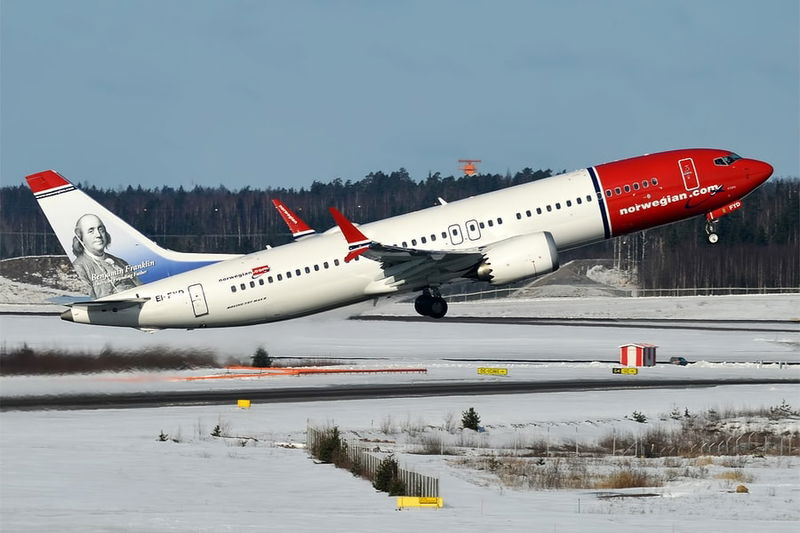EASA Releases Boeing 737 MAX Proposed Airworthiness Directive

It’s more good news for the Boeing 737 MAX as the European Union Aviation Safety Agency (EASA) has released their Proposed Airworthiness Directive (PAD) for public commentary. This follows news of the Federal Aviation Administration’s ban lifting just last week.
The PAD was released a little over a month after EASA’s executive director Patrick Ky said that he was satisfied with the proposed changes for the troubles MAX aircraft.
“EASA made clear from the outset that we would conduct our own objective and independent assessment of the 737 MAX, working closely with the FAA and Boeing, to make sure that there can be no repeat of these tragic accidents, which touched the lives of so many people,” said EASA Executive Director Patrick Ky.
“I am confident that we have left no stone unturned in our assessment of the aircraft with its changed design approach,” he added. “Each time when it may have appeared that problems were resolved, we dug deeper and asked even more questions. The result was a thorough and comprehensive review of how this plane flies and what it is like for a pilot to fly the MAX, giving us the assurance that it is now safe to fly.”
The proposed changes in the PAD include:
- Software updates for the flight control computer, including the MCAS
- Software updates to display an alert in case of disagreement between the two AoA sensors
- Physical separation of wires routed from the cockpit to the stabiliser trim motor
- Updates to flight manuals: operational limitations and improved procedures to equip pilots to understand and manage all relevant failure scenarios
- Mandatory training for all 737 MAX pilots before they fly the plane again, and updates of the initial and recurrent training of pilots on the MAX
- Tests of systems including the AoA sensor system
- An operational readiness flight, without passengers, before commercial usage of each aircraft to ensure that all design changes have been correctly implemented and the aircraft successfully and safely brought out of its long period of storage.
The PAD will be open for public comment for a period of 28 days, and should everything remain relatively the same, the MAX could see its European ban being lifted in January 2021. For now, the proposed directive only covers the MAX 8 and MAX 9 as the EASA wants to see a third “synthetic” sensor being included on the MAX 10 to verify data coming from the two physical Angle of Attack (AoA) sensors, including information about air speed, weight, inertial position and GPS location. Boeing has agreed to develop the new software senor, which they hope will be ready in time for the -10’s launch, with plans to include then in the smaller models shortly after.
EASA has also agreed with Boeing that the manufacturer will work to even further increase the resilience of the aircraft systems to AoA sensor failures so as to further enhance the safety of the aircraft. Boeing will also conduct a complementary Human Factor assessment of its crew alerting systems within the next 12 months, with the aim of potentially upgrading these to a more modern design approach.



